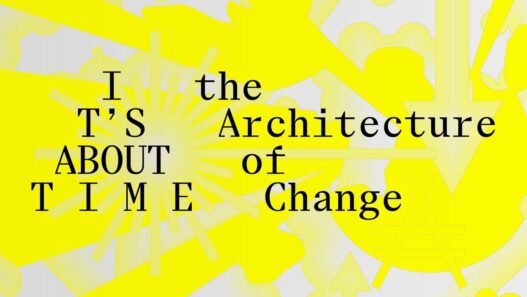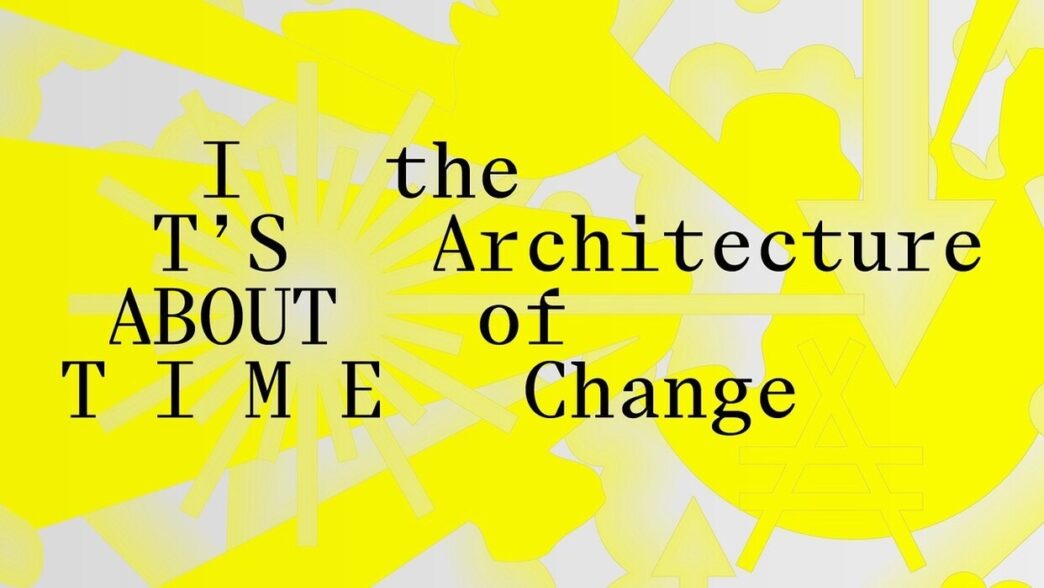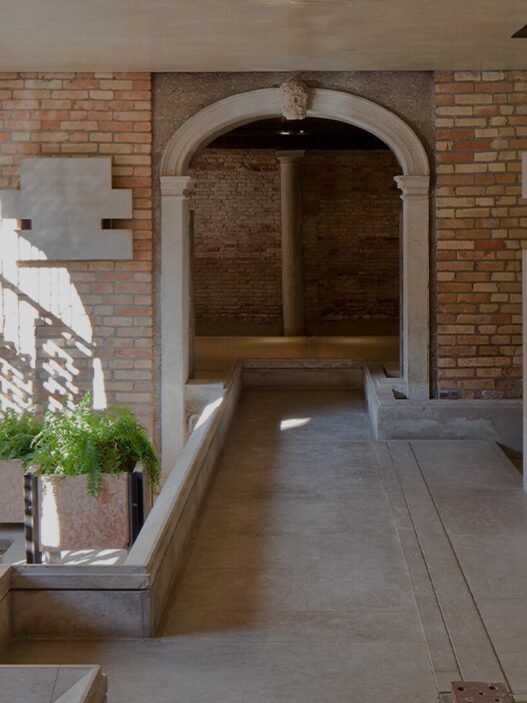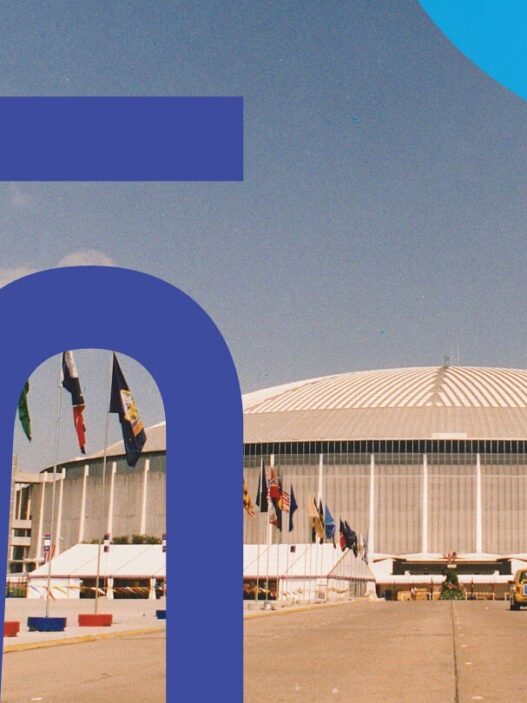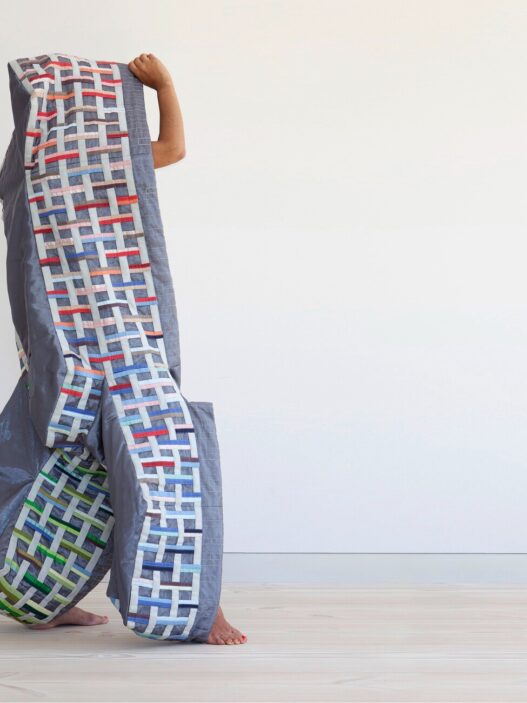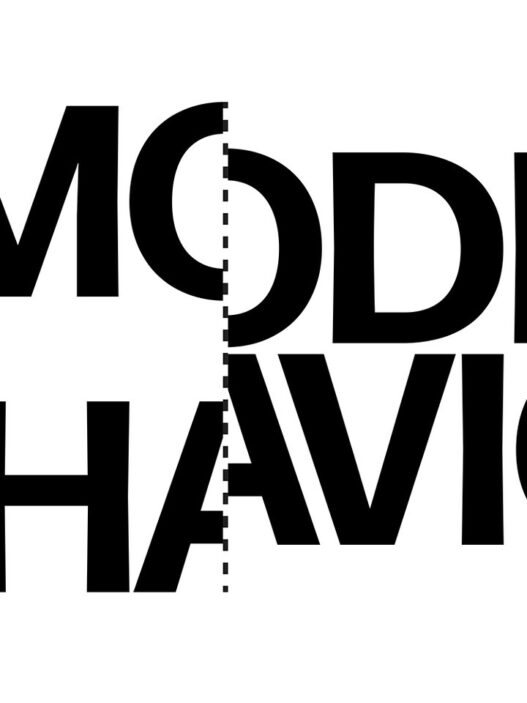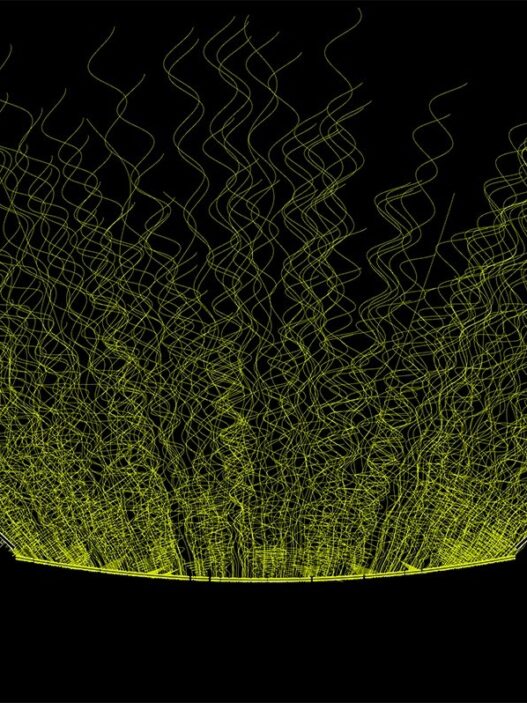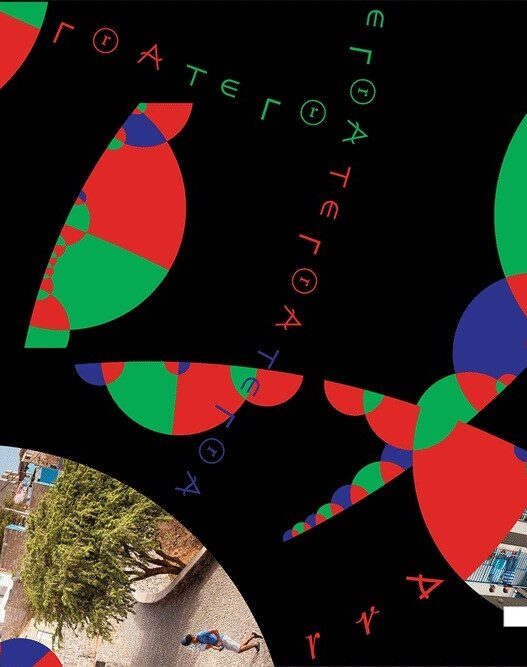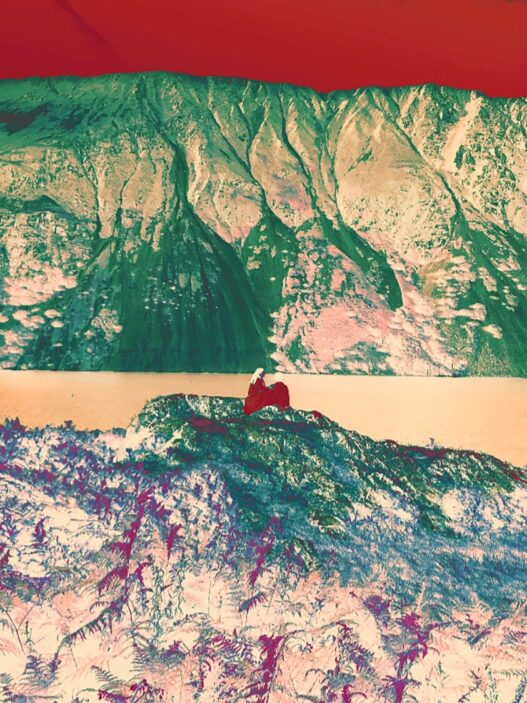September 22–November 13, 2022
A total of 50 spatial designers, architects, and researchers are included at IT’S ABOUT TIME, the 10th edition of the Architecture Biennale Rotterdam, who are tackling the future of our world in innovative ways. The exhibition examines how time pressure is growing and the current push for drastic transformations, starting with the Club of Rome’s report Limits to Growth, which was published precisely 50 years ago. The exhibit provides opportunities for action and demonstrates how spatial design may be used to address the present ecological issue. What is transition architecture, and how can we design the environment in a way that is figuratively sustainable? are at the focus of this discussion.
The exhibition features work by names such as: 2001, 2050+, 51N4E, AgwA, Anastasia Egger, Andrés Jaque / Office for Political Innovation + Miguel Mesa del Castillo, Anupama Kundoo Architects, AREP, Beka & Lemoine, College van Rijksadviseurs, Encore Heureux, EPFL—Habitat Research Center, Ester van de Wiel, Philippe Rizzotti Architecte with ETH Zürich Chair of Sustainable Construction and Pavillon de l’Arsenal, FAST – Malkit Shoshan, FLUX, H+N+S, INCURSIONES, Irene Feria Prados—Frieder Vogler—Rik de Brouwer, gens, Jan Rothuizen, Janna, Bystrykh, Joep van Lieshout, Lukasz Stanek & Michael, Dziwornu, McHarg Center – Richard Weller, MLA+, Monadnock, MVRDV, noAarchitecten, OOZE, Openfabric, Planbureau voor de Leefomgeving, Space and Matter, Studio Joost Grootens, Studio Marco Vermeulen, Studio Ossidiana, Embassy of the North Sea, Superuse Studios, Ten Studio, TU Delft—Delta Urbanism, Sarah Calitz and Isabel Recubenis Sanchis, Turenscape—Kongjian Yu, Université du Luxembourg, Weronika Uyar and many more.
Potential solutions
The exhibition presents viewpoints and strategies for constructing desirable futures, ranging from research-driven analyses and imaginative concepts to completed initiatives. Three design attitudes are distinguished by IT’S ABOUT TIME: the Activist, the Accelerator, and the Ancestor. The Ancestor reexamines contemporary lifestyles by bridging the present with the distant past and future. Anupama Kundoo (Pune, India and Berlin, Germany) is one of them. In her work, she slows down the construction process and uses local workers and supplies. The activist pursues a hands-on strategy that (often) results in bottom-up, community-driven projects that intervene in the public sphere or media. As an illustration, consider the installation Energies Désespoirs by Parisian architects Encore Heureux and artist BonneFrite, which is the outcome of a community-based participatory project on hope and despair in a world that is waiting for recovery. Technology is used by the Accelerator to hasten the transformation of current systems through innovation. In addition to addressing the ethical concerns raised by this technology, the video installation by the Milanese interdisciplinary agency 2050+ examines how the growth of in-vitro meat can have a favorable spatial impact on the landscape on a worldwide scale.
Forcing change
It frequently takes a combination of attitudes to compel change and facilitate a smooth transition. A different perspective on the interaction between the city and nature in Chinese urbanized areas was produced by Chinese landscape architect Kongjian Yu. He went out of his way to convince mayors and other political figures to support a new climate adaptation strategy. He created clever inventions, such as those for filtering and storing rainwater in urban areas.
Contemporary landscape shows glimmers of hope
An further instrument for encouraging transformation is analysis. The exhibition compiles research on the causes and effects of climate change in a modern setting from architects and urban designers. While things look grim overall, there are some rays of optimism. Malkit Shoshan researched the evolution of the Israeli Negev desert, which was formerly thought of as an arid region that needed to be subdued by artificial irrigation but is today a scene of social injustice and unsustainable “greening” initiatives. The Midwest region of North America is depicted by Janna Bystrykh, where regenerative farmers are becoming common as new neighbors to large-scale industrial farms.
Historical pioneering examples
The historical overview of the growth of environmental awareness from the 1970s to the present is the exhibition’s spine. The timeline demonstrates that when the Club of Rome released its study The Limits to Growth 50 years ago, many ideas and answers were already recognized. The Solar House by O.M. Ungers and Maison Latapie by Lacaton & Vassal both have timeless designs. These, however, were just regarded as pioneer instances for a very long time and were not extensively emulated. These concepts are now being extensively adopted as a rapidly expanding number of people become aware of the urgency of climate change.
Transition arena
The 10th Rotterdam Architecture Biennale will not just be an exhibition. Working sessions will take place in a space referred to as the transition arena; participants will include designers working on continuing studies of how cities like Amsterdam, Rotterdam, and Tilburg are changing. They will discuss and bring together many future scenarios for the Netherlands.
Click here for the press invitation. Click here for the press kit (to be completed in the coming weeks).









